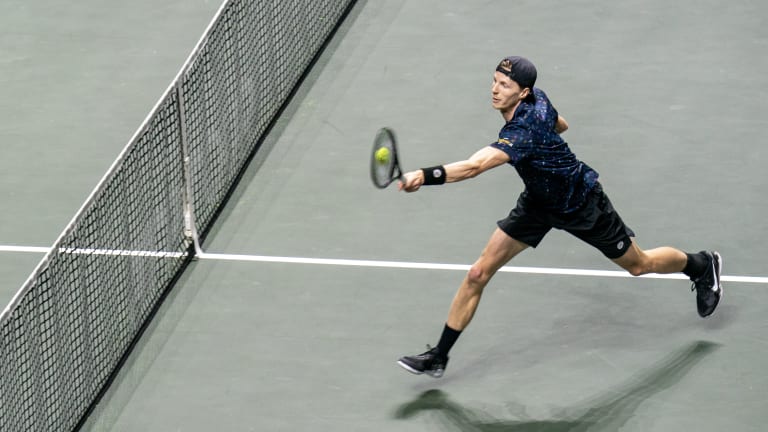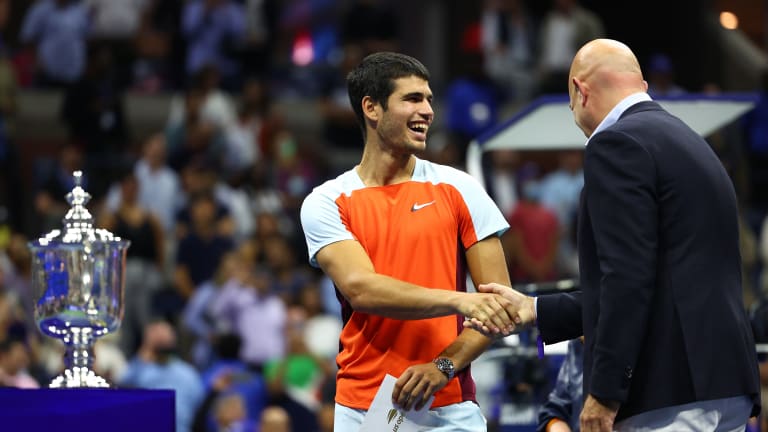The Business of Tennis
To some, tennis’ prize-money distribution debate is over
By Mar 02, 2023The Business of Tennis
Carlos Alcaraz surpasses 40 million dollars in career prize money after winning Monte Carlo
By Apr 14, 2025The Business of Tennis
University of Virginia men’s tennis team secures permanent 'in perpetuity' funding
By Apr 13, 2025The Business of Tennis
Charleston Open will pay women same as men starting in 2026
By Apr 06, 2025The Business of Tennis
Top ATP, WTA players pen letter to Grand Slams seeking greater share of revenue
By Apr 04, 2025The Business of Tennis
Chairman Andrea Gaudenzi will take over as interim ATP CEO after Massimo Calvelli departs
By Apr 04, 2025The Business of Tennis
Novak Djokovic, Coco Gauff and other players ask Grand Slam tournaments for more money and more say
By Apr 03, 2025The Business of Tennis
Wimbledon plans to upgrade the fans' favorite hill for 150th anniversary
By Apr 03, 2025The Business of Tennis
Tennis star Coco Gauff launches own management firm
By Apr 03, 2025The Business of Tennis
Carlos Alcaraz doesn't support the lawsuit from tennis players' group Novak Djokovic founded
By Mar 19, 2025The Business of Tennis
To some, tennis’ prize-money distribution debate is over
How many players should the sport support? Depends who you ask.
Published Mar 02, 2023
Advertising

Gijs Brouwer, ranked 121st in singles, has won just over $100,000 this year, between singles and doubles earnings.
© Getty Images
Advertising
Advertising

Last year’s US Open singles champions earned far less than the champs in 2019: $3,850,000 then, compared to $2,600,000 now. The sharp decline represents a wider distribution of the overall pot.
© Getty Images